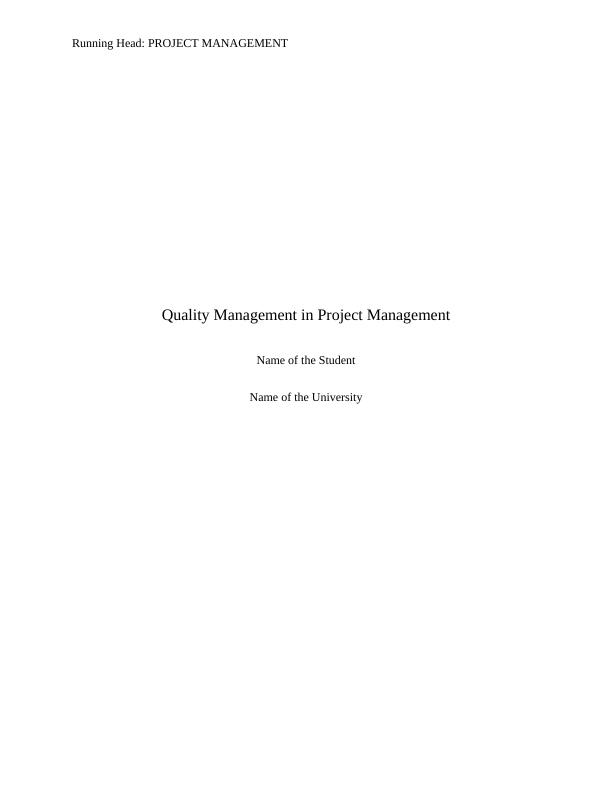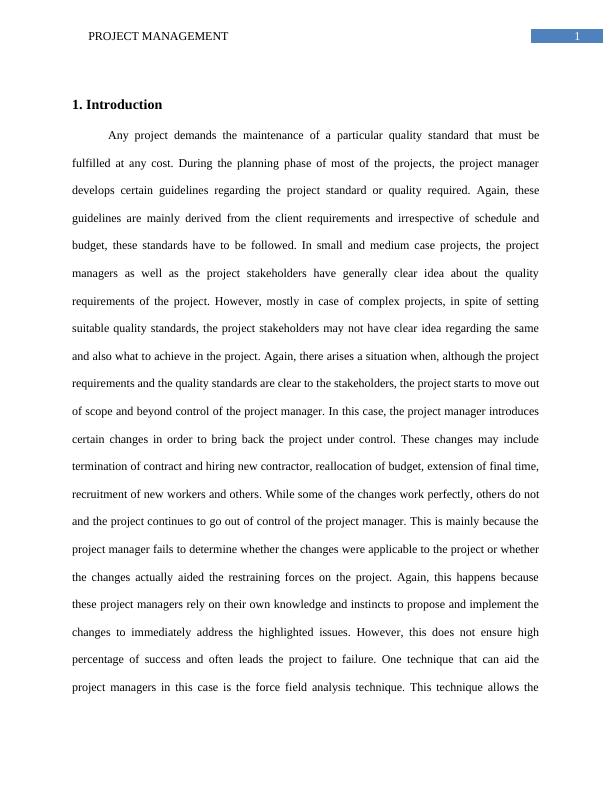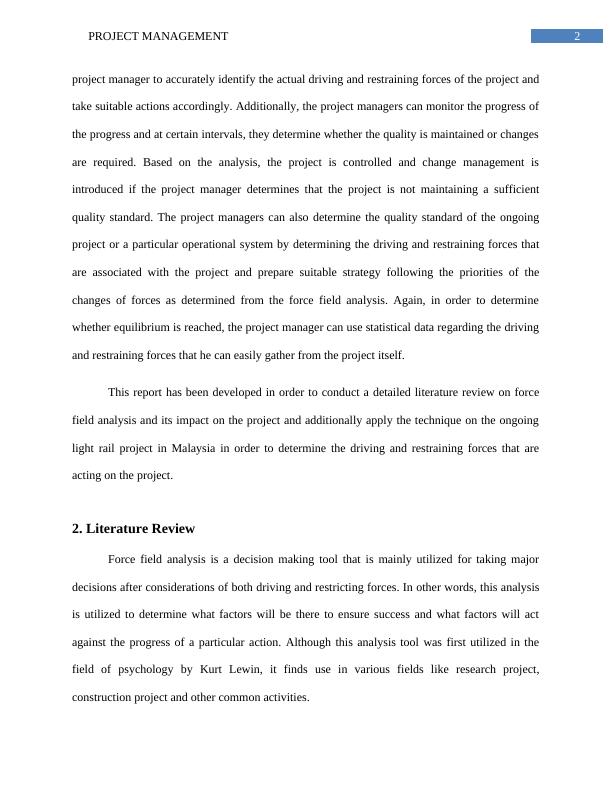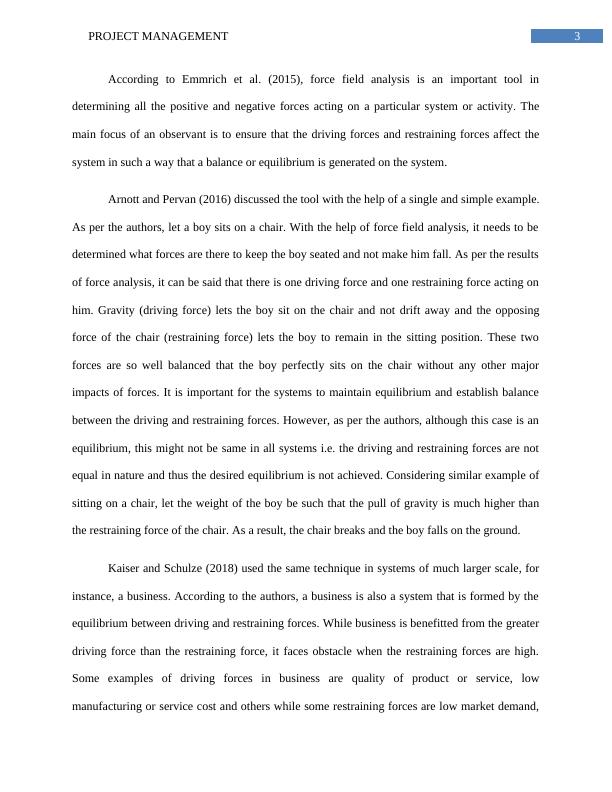Quality Management in Project Management
Assignment submission and assessment instructions for a project quality management assignment.
17 Pages5404 Words368 Views
Added on 2023-06-09
About This Document
This report discusses the use of force field analysis in project management for quality and change management. It explains the steps involved in the process and how it can be utilized to determine the driving and restraining forces on a project. The report also includes a literature review on force field analysis and its impact on project management.
Quality Management in Project Management
Assignment submission and assessment instructions for a project quality management assignment.
Added on 2023-06-09
ShareRelated Documents
End of preview
Want to access all the pages? Upload your documents or become a member.
Project Management
|4
|562
|48
Project Report on Construction of Office Building
|40
|5725
|201
Report on Remote Deposit Capture
|5
|723
|51
Quality IT Management Assignment
|10
|1527
|216
Project Management Plan for Learning Management System - Desklib
|23
|4291
|267
(PDF) Comparing PMBOK and Agile Project Management
|9
|1650
|60




